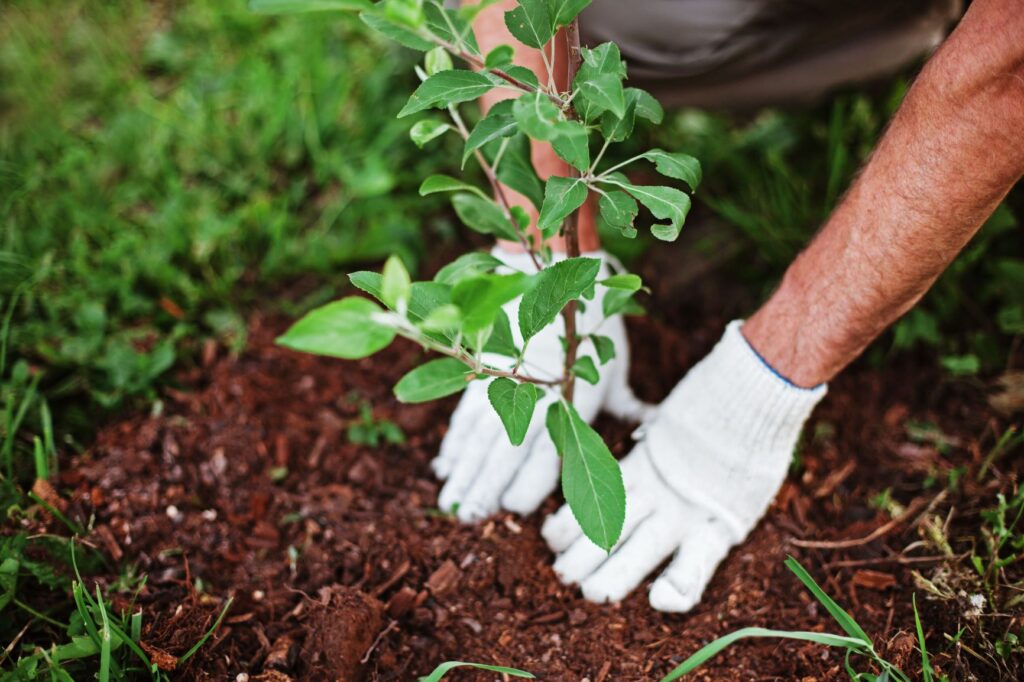- South Texas Students Meet Accordion Music Icons Los Tigres Del Norte In Edinburg Thanks To Khs America/Hohner Alianza Académica Initiative
- Fragile Planet Offers a Nighttime Wildlife Experience
- Falcons Soccer Off & Running
- Cameron County Receives Funds to Improve Two Parks
- Falcons Complete First Half of 32-6A
- School District to Help out Victims of California Wildfires
- Sand Castle Days Continued Despite Unexpected Weather
- Ready for District
- Discussion of Garbage Dumpster Rates, Agreements Between State & City on Highway Regulations, and More
- 31st Annual Shrimp Cook-Off is Right Around the Corner
TurfMutt Gives 4 Tips to Ensure You’re Putting the Right Plant in the Right Place
- Updated: May 12, 2021
Our backyards have taken on a greater importance in our lives since the COVID-19 pandemic. Yards, parks and other green spaces are the safe places for socializing, playtime and recreation. Just about anything you can do indoors – working, cooking, reading, exercising – can be done outside. And that’s why so many people are “backyarding” today and enhancing and expanding their personal bit of green.

Why add more plants, shrubs and trees to your backyard? Improvements to outdoor spaces can help people live more fully outside by adding plants for visual interest, creating borders and privacy, and designating “fields” for play. Research shows that living landscapes also have a calming effect on people seeking a break from stress.
Spring planting season is in full swing, and as you spruce up your outdoor spaces, the TurfMutt Foundation shares a few important tips for putting the right plant in the right place.
Be purposeful. Determine how you want to use your yard, and then plant accordingly. Do you need a shade tree to sit under? Do kids and pets need a grassy area to play on? Will you add a patio or grill or picnic table for outdoor eating and socializing? Break your yard up into zones, and then use plants and other features to indicate where activities will happen. Once preliminary planning is done, conduct a plant inventory to determine what’s currently thriving in your backyard.
Know your climate zone. Check out the USDA Plant Hardiness Zone Map to learn which plants, grasses, shrubs and trees are most likely to succeed where you live. Do you have long, hot summers? Are you in an arid region or a wet one? Understanding your environment will help you select climate-appropriate plants that will thrive.
Plant for pets. You’ll want to keep pet needs in mind when mapping out planting plans. Consider planting a hardy turfgrass which is more likely to withstand pet traffic. Keep resilient plants and flowers in heavily-trafficked areas of your yard and save the delicate varieties for raised planters on porches or patios. Finally, know which plants are dangerous to pets by downloading the ASPCA’s list of poisonous plants.
Plant for pollinators and wildlife. Your living landscape in your backyard isn’t just for your enjoyment. Yards are also a vital home habitat for pollinators (bees, butterflies and birds) and backyard wildlife who rely on your backyard ecosystem for food and shelter. Planting nectar and pollen-rich flowers that are appropriate for your climate will nourish pollinators. Allowing a pile of grass clippings to decompose on your lawn (rather than bagging it for the trash) will shelter insects, worms and other backyard critters. Dead tree branches can create nooks for butterflies, bees, birds and other wildlife.
Choose the right plants for your climate and lifestyle, and you’ll be rewarded with a beautiful and purposeful green space your entire family will enjoy.
To get inspired to “backyard more” in the seasons ahead, go to TurfMutt.com. To sign up for Mutt Mail, TurfMutt’s monthly e-newsletter with TurfMutt Foundation news and backyarding tips, go to: http://eepurl.com/he0XzD
